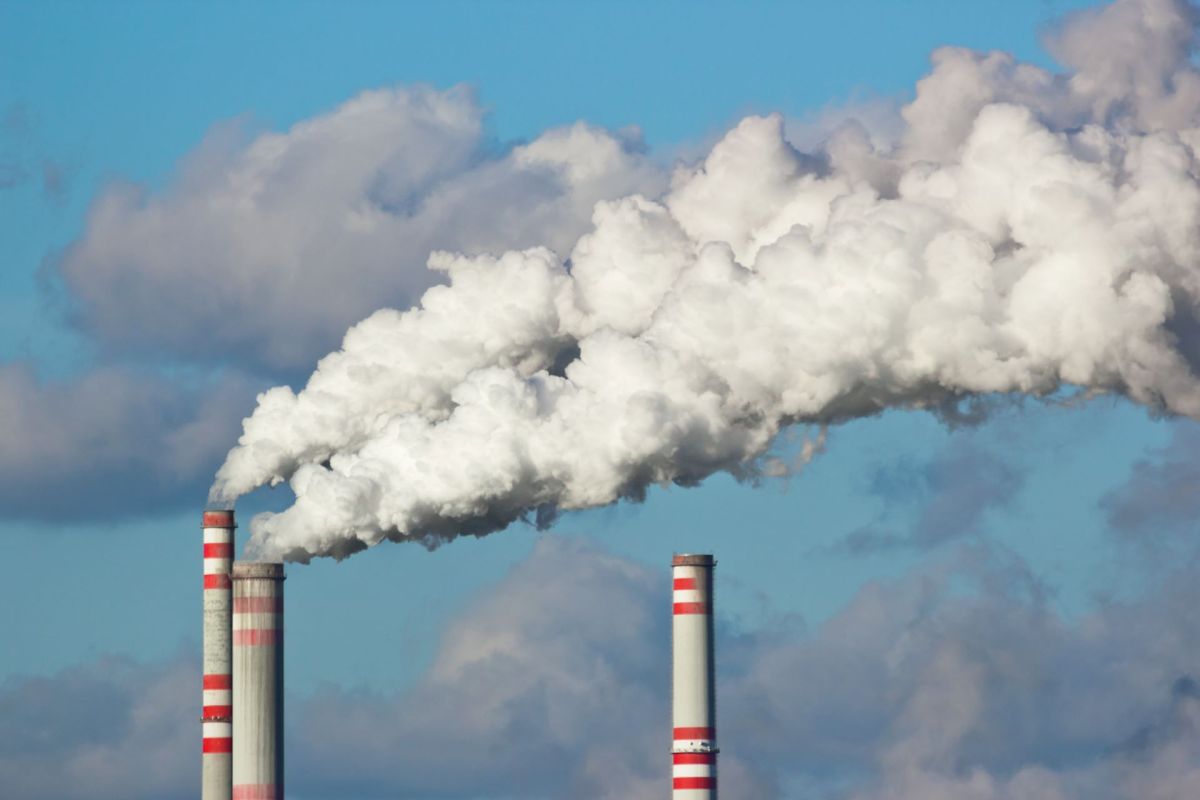Pollution from coal power plants killed at least 460,000 people over 20-plus years, according to a new study.
What happened?
Researchers tracked air pollution from 480 U.S. coal power plants that operated at some point between 1999 and 2020, the Guardian reported. The group used a model to track wind direction and the reach of toxins from each power station. They then connected annual pollutant exposure levels to more than 650 million Medicare health records.
The analysis tied at least 460,000 deaths to exposure to fine particulate matter, also known as PM2.5. About 85% of these deaths occurred from 1999 to 2007. After that, the death toll declined drastically as plants closed (600 coal plants have been retired over the past 20 years) or as sulfur filters were installed to comply with environmental regulations.
🗣️ Do we need to discover new fuel sources in order to power our country?
🔘 YES 👍
🔘 NO 👎
🗳️ Click your choice to see results and speak your mind
Why is the research concerning?
Exposure to PM2.5 elevates the risk of a number of life-shortening ailments such as asthma, heart disease, low birth rate, and some types of cancer, the Guardian reported.
A variety of sources belch toxic PM2.5, including car tailpipes and fire smoke. Previously, scientists believed that all sources of PM2.5 posed the same risk to people, but the research revealed that fine particulate matter from coal is twice as deadly as PM2.5 from other sources. This means that the impact of coal plants on public health has been long underestimated.
Plus, the burning of dirty fuels such as coal, oil, and natural gas is contributing to the warming of our planet. As temperatures rise, so do other health concerns connected to severe weather, drought, disease, and heat-related illnesses, as the Environmental Protection Agency reports.
"As countries debate their energy sources — and as coal maintains a powerful, almost mythical status in American energy lore — our findings are highly valuable to policymakers and regulators as they weigh the need for cheap energy with the significant environmental and health costs," Francesca Dominici, co-author of the study, told the Guardian.
It also turns out that it is expensive to run coal power plants. One study found that it would cost more money to maintain nearly all America's coal plants than to replace them with more sustainable energy plants (particularly wind or solar).
What's being done about coal plant pollution?
More than 200 coal-fired power plants still remain in the United States, according to the Guardian, but there is a movement to convert the sites to generate clean energy. This is better for people and the planet, and it works out logistically because the old plants are already connected to the network of substations, transformers, wires, sensors, and poles that deliver electricity to our homes.
Illinois is leading the way with nine plants that will become solar farms or battery storage facilities. Other states such as New Jersey and Massachusetts are looking to repurpose their coal plants into wind farms.
Lucas Henneman, lead author of the study, told the Guardian that the new research can also help inform environmental regulations moving forward.
"This type of evidence is important to policymakers like EPA as they identify cost-effective solutions for cleaning up the country's air, like requiring emissions controls or encouraging renewables," he said.
Join our free newsletter for weekly updates on the coolest innovations improving our lives and saving our planet.









